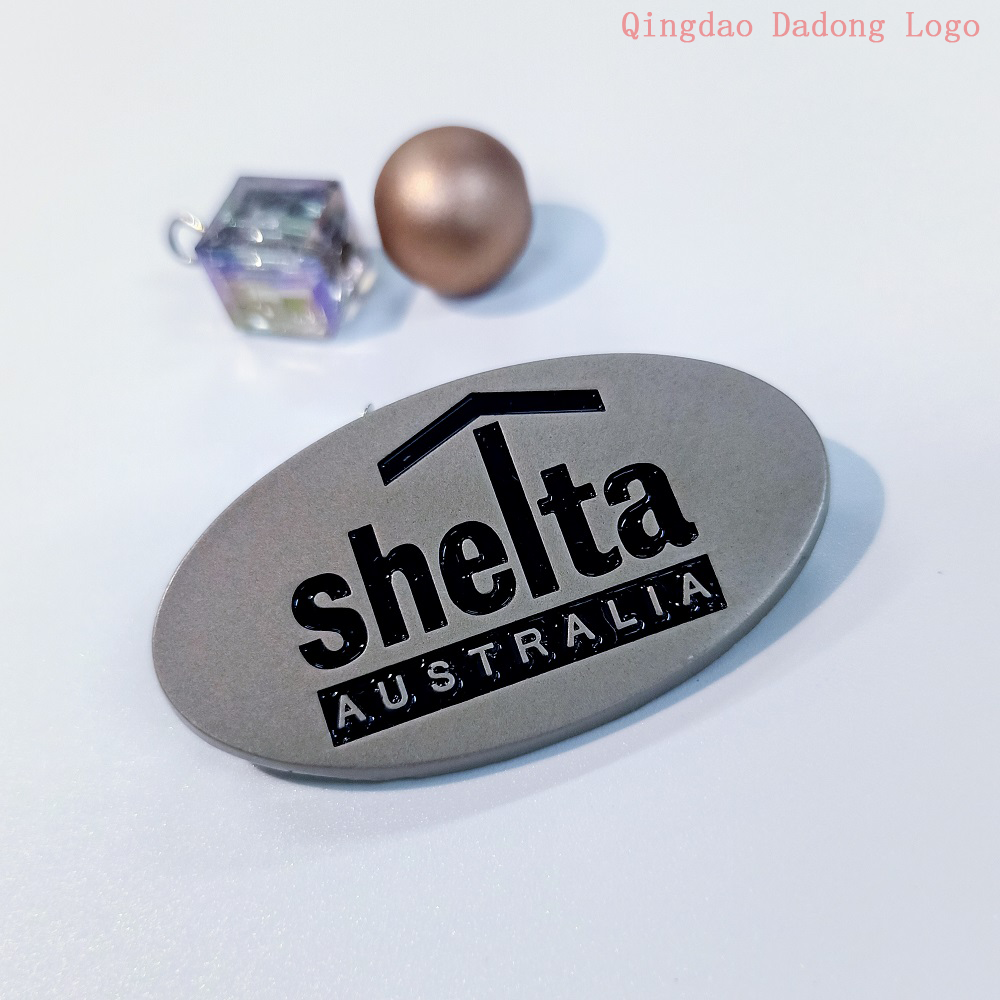NEWS
Detailed explanation of vacuum electroplating treatment process for metal signs
Writer:admin Time:2023-08-04 15:39 Browse:℃
Everyone knows that electroplating is a commonly used process in label making, and there are two types of electroplating methods: water electroplating and vacuum electroplating. Water electroplating is the most commonly used electroplating method, while vacuum electroplating is relatively rare, so many people are unfamiliar with vacuum electroplating. Now, let's take you to understand the relevant knowledge of vacuum electroplating.
Vacuum electroplating uses methods such as distillation or sputtering to deposit various metal and non-metallic films on the surface of plastic parts under vacuum conditions. By doing so, very thin surface coatings can be obtained. Vacuum electroplating has the advantages of fast speed and good adhesion, but the price is also higher. It is generally used as a functional coating for high-end products, such as metal label processing.
The process of vacuum electroplating is now a popular practice. Products made by vacuum electroplating have strong metal texture, high brightness, and exquisite appearance. Compared to other coating methods, vacuum electroplating technology has lower costs and less environmental pollution, and is now widely used in various industries.

Vacuum electroplating process is a method of heating metal under high vacuum conditions to melt, evaporate, and cool it to form a metal film on the surface of plastic.
The characteristics of vacuum electroplating process:
1. The vacuum electroplating process can solve the problem of seven colors, such as flashing silver, magic blue, cracks, water droplets of silver, and other diverse seven colors.
2. The vacuum electroplating process uses a wide range of coating materials and can meet environmental requirements.
3. The deposition materials are quite extensive, and can deposit low potential metals such as aluminum, titanium, zirconium that cannot be deposited by wet electroplating. By using reaction gases and alloy targets, coatings from alloys to ceramics and even diamonds can be deposited, and coating systems can be designed according to needs.
4. The vacuum electroplating process is relatively economical on metal materials. Due to the excellent adhesion, density, hardness, and corrosion resistance of the vacuum coating, the deposited coating can be much smaller than the conventional wet electroplating coating, which can effectively save metal materials.
5. It will not cause environmental pollution, as all coating materials are deposited on the surface of the workpiece through plasma in a vacuum environment, without solution pollution, so the harm to the environment is relatively small.
6. The products produced by vacuum electroplating process have a delicate appearance, strong metal texture, and high brightness. Compared to other coating methods, the cost is lower.
From this, it can be seen that vacuum electroplating has many advantages. Although the unit price of vacuum electroplating metal signs is higher than that of general electroplating metal signs, vacuum electroplating treated metal signs have good wear resistance and can pass various friction tests. Relatively speaking, general electroplating process treated metal signs have poorer wear resistance. Customers can choose appropriate electroplating treatment methods based on the purpose and usage environment of the signs.
CATEGORIES
LATEST NEWS
CONTACT US
WhatsApp: +8615806503075
Tel: +8615806503075
Email: percy@dadonglogo.com
Addr: 7 Tonghe Road, Pingdu, Qingdao
